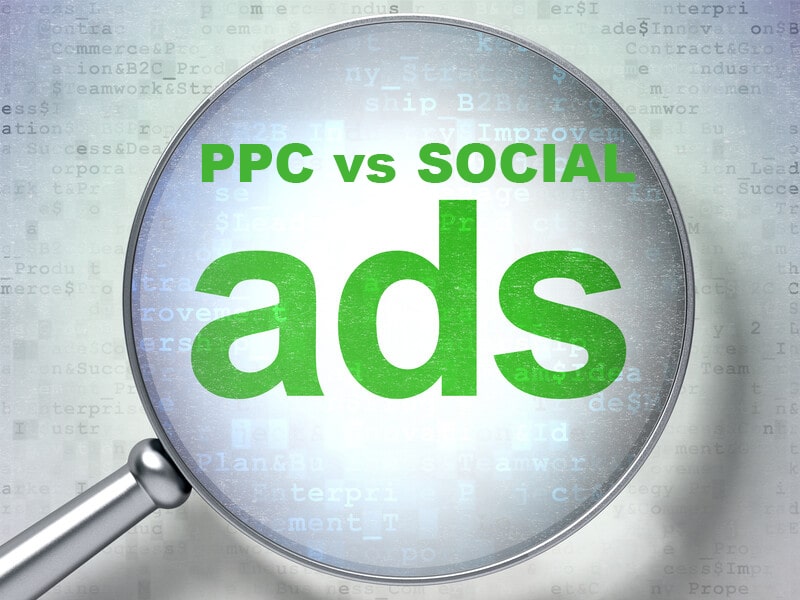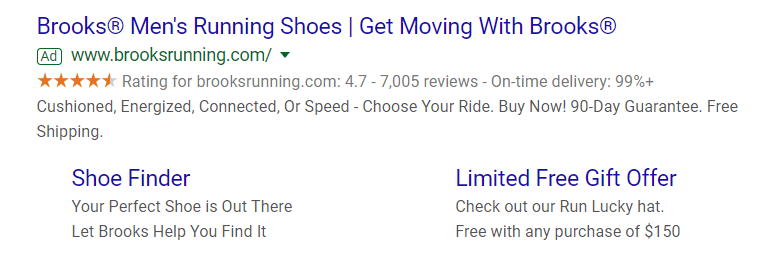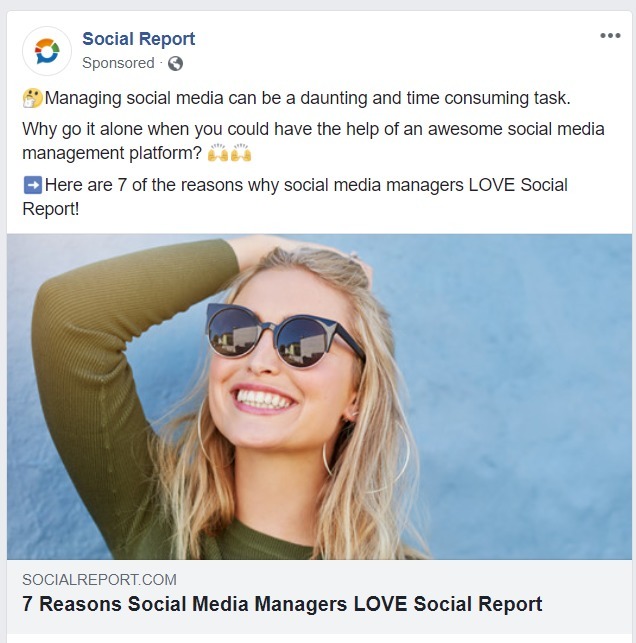
By Colin Brotherton
If you’re thinking about getting into the digital advertising game, you’re probably familiar with the pop-ups and banners that appear on the sides of websites. But you might not be familiar with the term PPC – otherwise known as pay-per-click advertising – which is the model those banners and pop-ups tend to use. And PPC advertising is exactly what it sounds like – paying for every click you get on your ad.
But banners and pop-ups are only part of what PPC advertising is. There’s also paid search and paid social (which are less obtrusive and annoying than those banners and pop-ups). These forms of PPC operate under the pay-per-click umbrella but differ in a few ways.
Paid Search
Paid search advertising, also called search engine marketing (SEM), involves advertisers bidding on certain keywords, or phrases, to have your ad appear when someone searches something like “men’s running shoes.”

The great thing about paid search marketing is you’re catching people who are actively looking for a service or product. And in most cases, people already know what they want – they’re looking to do some comparisons and find the best deal.
This has its advantages because instead of trying to find people who are looking for your service/product, in a sense, you let them find you.
At the same time, you are somewhat limited in your targeting. There are options that let you narrow down your audience based on gender, income, location, and age. Although this is starting to change -Google is constantly making updates, so we’re seeing targeting options become more in-depth. But for most small business advertisers these advanced targeting techniques are not there yet, which means you’re at the mercy of keyword traffic.
Paid Social
With paid social however, rather than letting the audience find you, you have to find them. And more importantly, give people a reason to buy. Instead of people actively looking for products and services, people are doing more passive scrolling. So, you really need to give people a good reason to click on your ad and buy your product.
But paid social can also work for businesses that aren’t strictly commerce. For example, lead generation can also work on social as well.

The cool thing about paid social is you already have a good idea that you’re going after the right person. With all the targeting options – age ranges, gender, likes, interests, etc. – as an advertiser, you already have a good sense of what your target audience looks like.
But it’s important to choose a platform that you know your audience will be on. Like using LinkedIn for b2b, Twitter or Instagram for young adults, or YouTube if you’re going after a mass audience.
What’s the Best Option?
Well, it depends.
It depends on what your digital marketing goals are. Are you looking to gather sales leads, sell a product or service, get brand recognition, or something else?
It’s also vital to understand where your audience is and where their journey begins. Which might involve a little digging and research, but it will be worth it. Because when done right, PPC – no matter the form – can work for your business.
About the Author
Colin Brotherton is a paid search specialist running campaigns in Google, Microsoft and Facebook. When he’s not clicking away at work he enjoys being outside as much as possible, playing music, and watching sports.

